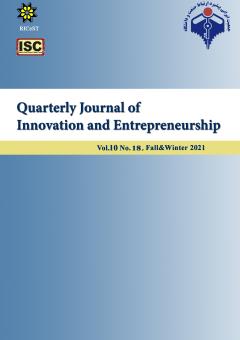Presenting a human resource development model focusing on productivity in the country's tax administration using the structural equation approach
Subject Areas : GeneralMansour Gholizadeh 1 , reshid Zolfaghari Zafarani 2 , Mohsen Mohammadian Saravi 3
1 - PhD student in Administrative Management, Islamic Azad University, Roodehen Branch, Tehran, Iran.
2 - Assistant Professor, Department of Educational Sciences, Roodehen Branch, Islamic Azad University, Roodehen Branch, Tehran, Iran
3 - Assistant Professor and Faculty Member, Islamic Azad University, North Tehran Branch, Tehran, Iran
Keywords: Human resources development, productivity, country of tax correspondence, pls,
Abstract :
Human resource development is an important part of human resource management and in fact a kind of complement to human resource management. Garavan believes that human resource development is considered very important because its scope is much wider than human resource management (Garavan et al., 2012). The first efforts to develop human resources began in the 18th century with the establishment of the first technical school (Al-Faki, 2015). Today, human resources are the main assets and capital of the organization and the main factor of competitive advantage of organizations and this source is the only capital and assets in the organization that can not be imitated and has a unique feature. In addition, this resource is one of the assets that can grow. And development, and this development can only be achieved through learning and knowledge, and human resource development emphasizes the leadership perspective on employees to gain knowledge, expertise, experience and efficient decision-making and problem-solving skills in the organization. In this study, with the aim of identifying the variables affecting human resource development with a focus on productivity in the country's tax affairs organization, the Delphi method has been performed by 15 experts. After collecting data and conducting interviews and Delphi method in 2 replications and confirmation of validity and reliability tests using CVR, Cronbach's reflectivity and alpha, the final model is calculated in 4 main components, 15 dimensions and 53 indicators. Among these, group dynamics and team spirit, motivations for success and talent assessment and completion of talent banks from employees, documentation and continuity in learning, motivation and success among employees with an average weight of 4.9 are the most important factors identified. Finally, the structural model by partial least squares method was approved by PLS software with a sample of 251 people with a GOF fit coefficient of 0.63.
